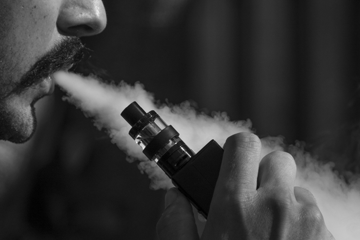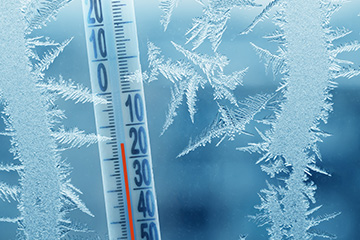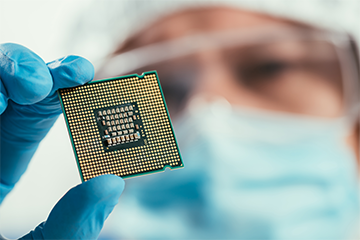Enquiry List () (0)
- Jul 23, 2020
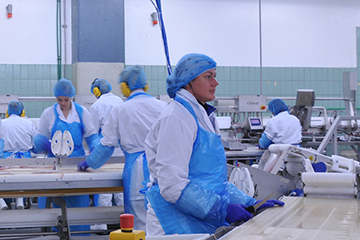
Facing hazards in the fast-paced food industry
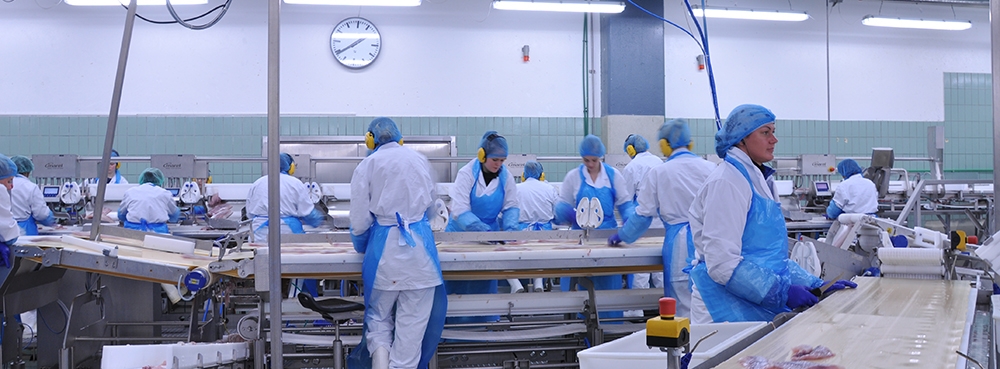
The food & drink industry is one of the largest manufacturing sectors in the USA, contributing more than thousands of millions of dollars to the economy every year. This industry and its employees face increased demand from a constantly growing population. As pressure to escalate production increases, the industry cannot afford to neglect the safety of its workers.
Food processing and manufacturing facilities must be kept clean and sanitary to protect food safety and prevent foodborne illnesses. Chemical soaps, detergents, sanitizers and disinfectants are routinely used to help keep food free of unwanted microorganisms and other contaminants.
These chemicals are vital to the safety of any food production process, but they can also be hazardous to the workers that come into contact with them. The same is true of the harmful refrigerants used to store products and keep them fresh, the majority of which contain anhydrous ammonia which is capable of burning the skin upon contact. It is essential that employees who are exposed to these substances have access to appropriate safety showers and eye/face wash equipment.
More recently, the industry is facing a new danger in the shape of COVID-19. The meat processing industry has particularly suffered in terms of mass site breakouts amongst employees. Though not a hazardous chemical, certain safety showers can be used to help minimise the spread of COVID-19 amongst workers and improve general hygiene measures.
Safety shower considerations for the food and drink industry
For a hygienic and sterile environment, it’s important that all safety showers inside a food and drink facility are made of stainless-steel. This ensures the showers are durable, corrosion resistant and easy to clean.
The internationally recognised American National Standard, ANSI/ISEA Z358.1-2014 provides uniform minimum requirements for the performance, use, installation, testing, maintenance and training of emergency safety shower and eyewash equipment. Here we outline some of the main considerations.
In order to minimise any injury with a swift decontamination in the event of a spill or splash, emergency safety showers must be located within 20 metres, or 10 seconds reach, of a hazard. However, if a chemical is particularly hazardous, the safety shower and/or eye/face wash equipment must be placed immediately adjacent to the hazard. Personnel should be instructed on the safe and proper use of the emergency safety equipment and be advised of its location.
Emergency safety equipment must be visually inspected and activated weekly along with an annual service to guarantee reliable and effective operation and conformance to European and International standards.
According to these standards, the water delivered by emergency safety showers should be tepid, between 16-38 C (60-100 F). At temperatures above 38 C (100 F) there is the added danger of scalding and increased absorption of harmful chemicals into the skin whereas prolonged exposure to water below 16 C (100 F) increases the risk of thermal shock or hypothermia and prevents the casualty using the shower to decontaminate effectively for the full 15 minutes.
View a summary of the standards here.
Some chemicals dictate a particular decontamination procedure. For example, contact with anhydrous ammonia requires flushing of the area with a large amount of water for at least 15 minutes, at a temperature between 25C-30C. For set temperature decontamination, you will need a Temperature Controlled Safety Shower. These units maintain the water within a set range and can also be used to supply heated water to other emergency safety showers in the local vicinity. Always check the safety data sheet of the hazardous material for specific decontamination requirements.
In manufacturing, space is at a premium. Over-door, ceiling and wall-mounted models are an easy solution to ensure as little floor space as possible is used. Where there is a little more space to spare, combination units comprise of a plumbed in safety shower as well as an eye/face wash for full decontamination.
In some instances, the spray and contaminated water will need to be carefully contained to ensure a sterile environment, cubicle units are the ideal solution as they are enclosed with an integral drain sump.
Hygiene strategies
With additional hygiene strategies becoming so important due to COVID-19, we’ve introduced the HW40K: Mobile Self-Contained Hand Washing Station to enable thorough hand-washing in areas where a plumbed-in sink is not a possibility. Suitable for indoor or outdoor use, the stainless-steel frame and large pneumatic tires aid portability.
The unit features a soap and paper towel dispenser and delivers a controlled flow of water to perform approximately 150 hand washes from a full unit. It is recommended that users wash their hands for 20 seconds, in order to maximize usage the unit should only be activated while wetting and rinsing hands.
Keeping your workers safe
The food and drink industries are varied and complex with many potential health and safety risks. It is imperative that workers who are exposed to hazardous substances have easy and quick access to safety showers and eye/face wash equipment in the event of a spill or splash.
It's also incredibly important in these current circumstances that you have a robust COVID-19 containment plan to ensure your workers’ safety on-site.
For advice on the most suitable solution for your application or to request a quote, contact us today.




